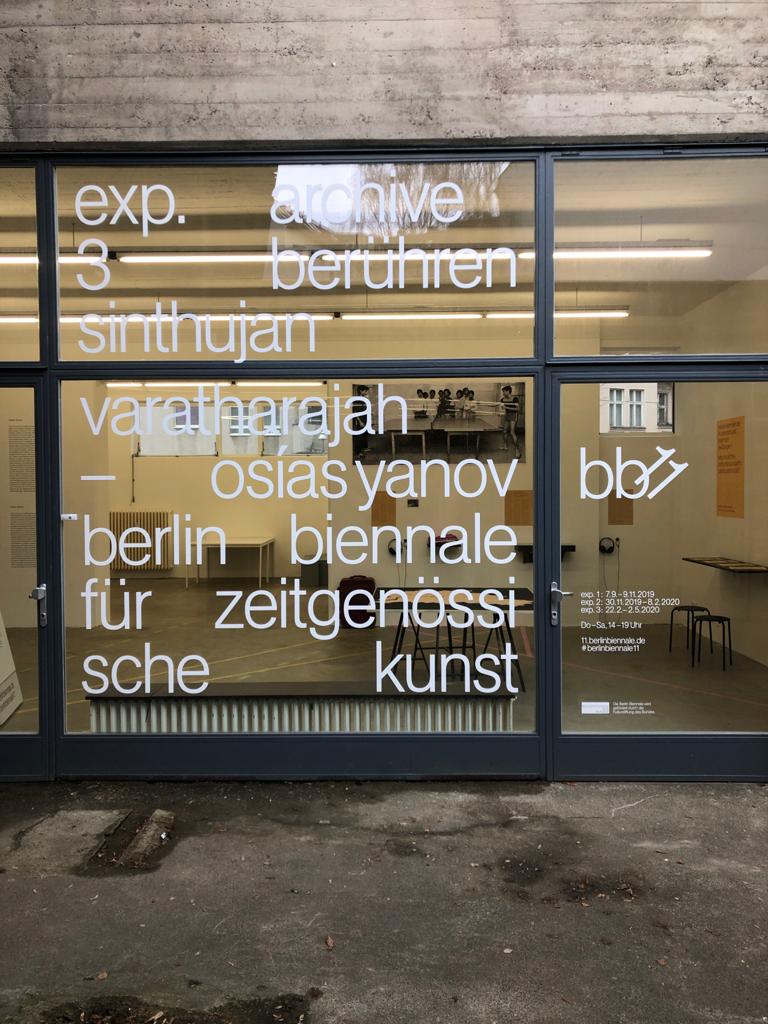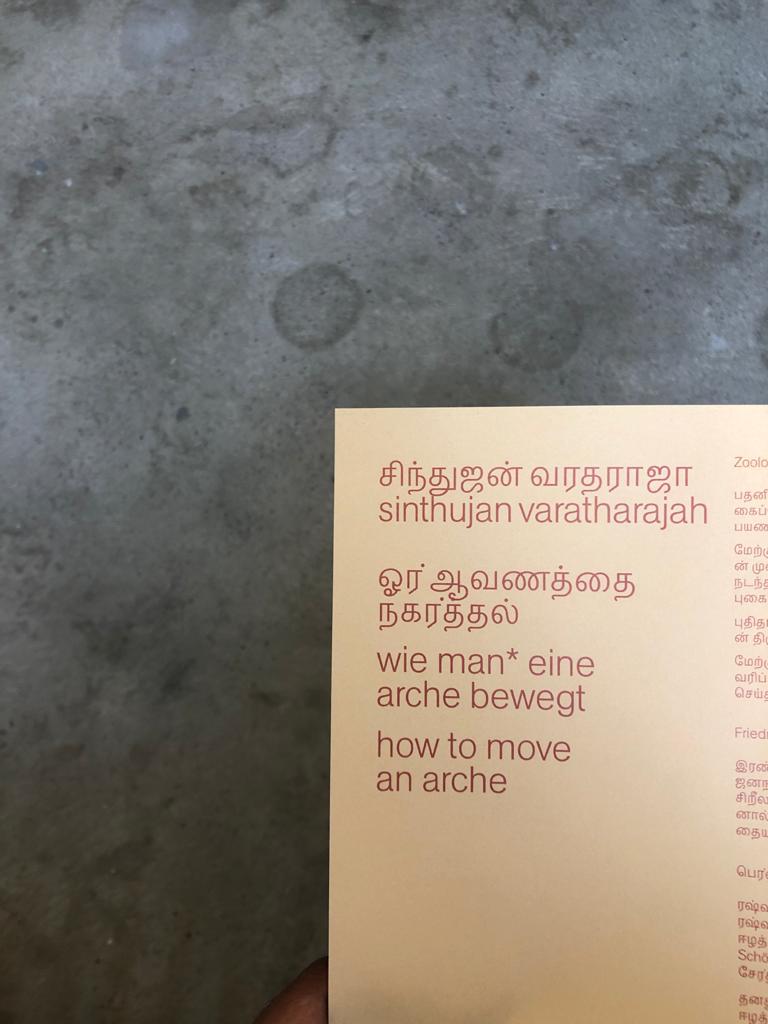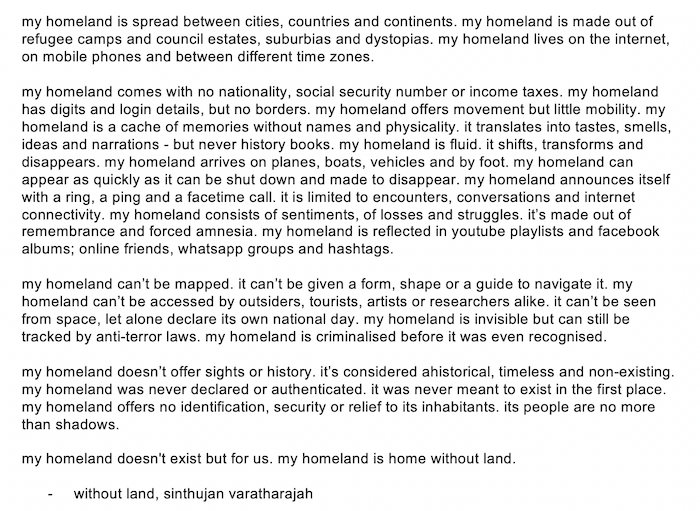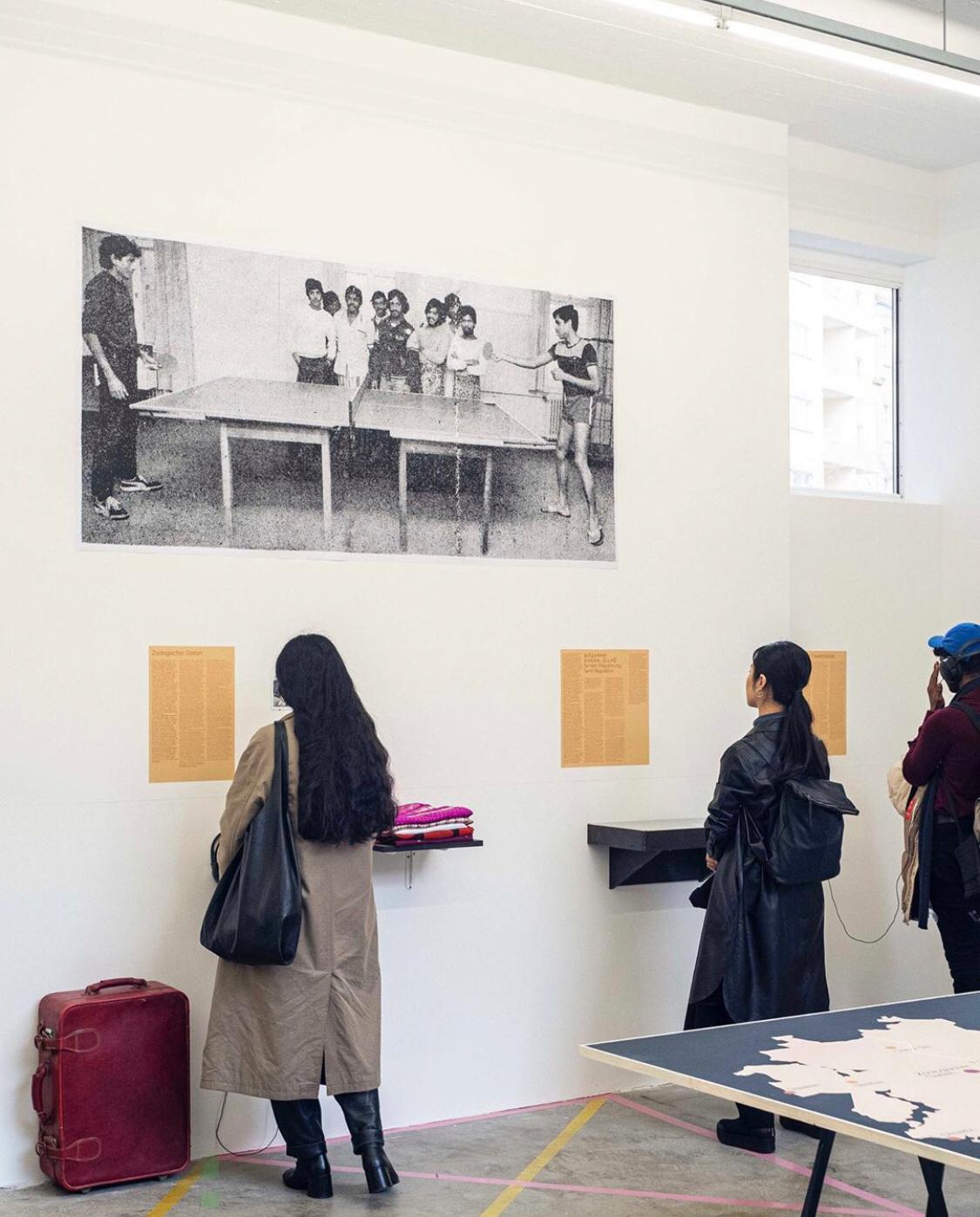The Art of Survival: Tamils in Transit
Tamils in Germany make up a sizeable number of the Eelam Tamil diaspora as a whole. Overcoming racist refugee settlement policies which have prevented them from living in close proximity to each other and as concentrated as their counterparts in Paris, London or Toronto, German Tamils have just as successfully established communities with thriving cultural and social lives. The Kamadchi Ampal temple in Hamm attracts thousands of Tamils from all over Europe, especially for its thiruvizha – annual summer festival.
The larger communities are mostly concentrated in the North Rhine-Westphalia state, with smaller populations scattered across the country’s cities, towns and even villages. One of the smaller outposts, with only around 3000-5000 Tamils, is the country’s capital.
While Berlin has enthralled western intellectuals and creatives for centuries, being as it has been at the centre of the West’s tumultuous history, and now the byword for cool cosmopolitanism in Europe, it is not a city that particularly captures the Tamil collective imagination.
But in an exhibition following the 30th anniversary of the fall of the Berlin Wall last year, researcher, essayist and political geographer Sinthujan Varatharajah subverts the dominant narrative and connects the almost forgotten dots between the history of the city and that of the Tamil diaspora.
 |  |
With their characteristically beautiful storytelling and exquisite aesthetics, Varatharajah reconstructs in meticulous detail the journey from one side of the partition to the other. Vignettes on Berlin’s major train stations, its airport and its refugee camps, as well as artefacts held onto by Tamil households, both everyday and extraordinary, allow the viewer to retrace the steps of the refugees around this gateway city.
Varatharajah, who also curates a seminar series called ‘Fleeting Geographies’, and is well known for their writings on topics such as caste and displacement in Eelam and the diaspora, has worked to subvert the dominant narrative on the city’s history.
While it tells a story not usually found in Berlin’s museums or archives, the exhibition does not merely showcase a little-known aspect of the city’s history, but a crucial chapter in the history of Eelam Tamil survival in the face of genocide.
Sinthujan Varatharajah's exhibition at Berlin Biennale for Contemporary Art will run until July 25, 2020 at ExRotaprint, Bornemannstraße 9, 13357 Berlin
Researcher, essayist, and political geographer Sinthujan Varatharajah looks critically into the aftermath of the 1983 anti-Tamil pogroms and riots in Sri Lanka—and the wars and genocide that followed. These led hundreds of thousands of Tamils into exile.For those who emigrated to Europe, divided Berlin was their personal entry point. At the time, the Berlin Wall played a littleknown role as a permeable gateway, a transit point used as a loophole of survival for many then “Third World” refugees. A special agreement between East and West Germany enabled refugees to enter through East Germany to settle in the West. In the 1980s, the political cracks in the walls of partitioned Germany became a lifeline of survival for the Tamil. This specific history of the Wall is the point of departure for Varatharajah’s investigations into physical and cultural borders and the memories of displacement of this community.Gathered in the exhibition space at the architectural complex at ExRotaprint are different traces of these transit routes, such as oral histories, newspaper clippings, photographs, maps, and other collected materials. Together they form a living archive reflecting on issues of encampment, statelessness, and spatial power, bringing forth a displaced people and their untold stories.(Berlin Biennale)

The Art of Survival is a Tamil Guardian series on Tamil archiving and memory, launched to commemorate the burning of the Jaffna Library by Sri Lankan state-sponsored mobs.



No comments:
Post a Comment
Note: only a member of this blog may post a comment.